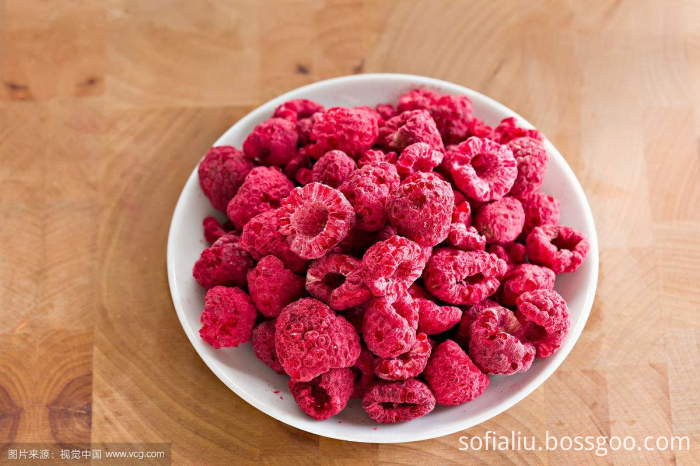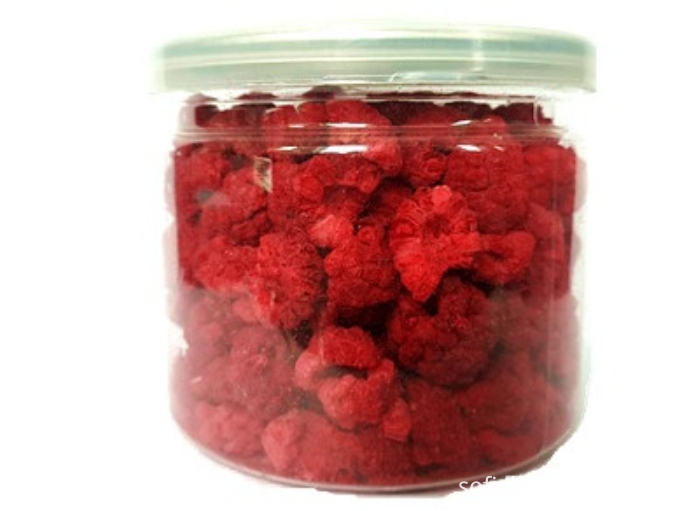Pathogen: Glomerella around pathogen bacteria (Glomerella cingulata (Stonem) Spauld.et Schrenk..), Under Ascomycotina, Pyrenomycetes, spherical shell mesh bacteria, fungi of the genus Glomerella. Anamorph as Colletotrichum gloeosporioides (Colletotrichum gloeosporioides (Penz.) Penz.et Sacc.), Under the door Deuteromycotina, Coelomycetes, Colletotrichum black mesh, Colletotrichum fungi.
Incidence pattern: Pathogenic bacteria overwintered with mycelial disease and seeds. In the spring of the second year, conidia are produced under warm, rainy and humid conditions. The conidia spread by wind and rain, germinating and infecting plants. Plant growth is weak, poor ventilation and easy incidence. The host range of germs is wide. In addition to sweet peas, there are apples, pears, hawthorn, peaches, grapes, citrus, figs, papaya, olives, busy fruit, tomatoes, poppy, holly, tea, and coffee. When sweet peas are planted adjacent to these plants, the diseases can spread to each other.
Prevention: 1 reduce the source of infection: timely removal of diseased leaves, after flowering, remove the diseased plants and pick up the net diseased bodies and burn them together. 2 Select seed-seeded species on disease-free plants. 3 Chemical control: In case of onset, spray 65% ​​Zeoxin WP 500-800 times, or 75% chlorothalonil wettable powder 500-600 times.
- Nutritional values remain intact
- Same Flavor, aroma, color
- 100% natural: Nothing added no preservatives
Freeze dried Raspberry are used by visionary food manufacturers. From packaged snacks to ready-to-cook mixes, ice-cream flavoring, desserts, cereals, confectionary, granola bars and much more.
Our raspberries are fresh and no chemical pollution, the Cultivation Type is common and opening air.
So, don't worry about it when you eating our product.

The quality of our FD raspberry is the key to our success and we pay great detail to all aspects of the supply chain. And then the fd raspberry in good control, guarantying the replacement of a good part of your daily vitaminins, proteins, and minerals.

Freeze Dried Raspberry
Freeze Dried Raspberry, Raspberry, Organic Freeze Dried Raspberry
Ningxia Wolfberry Goji Industry Co.,ltd , https://www.nx-wolfberry.com